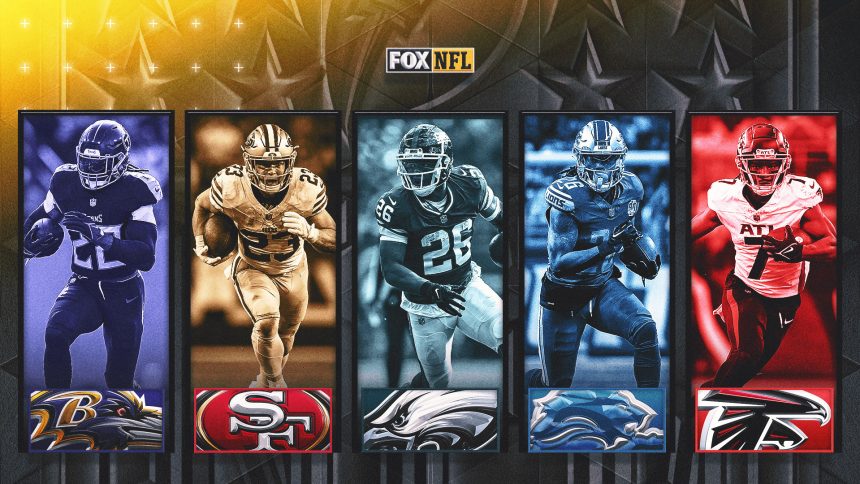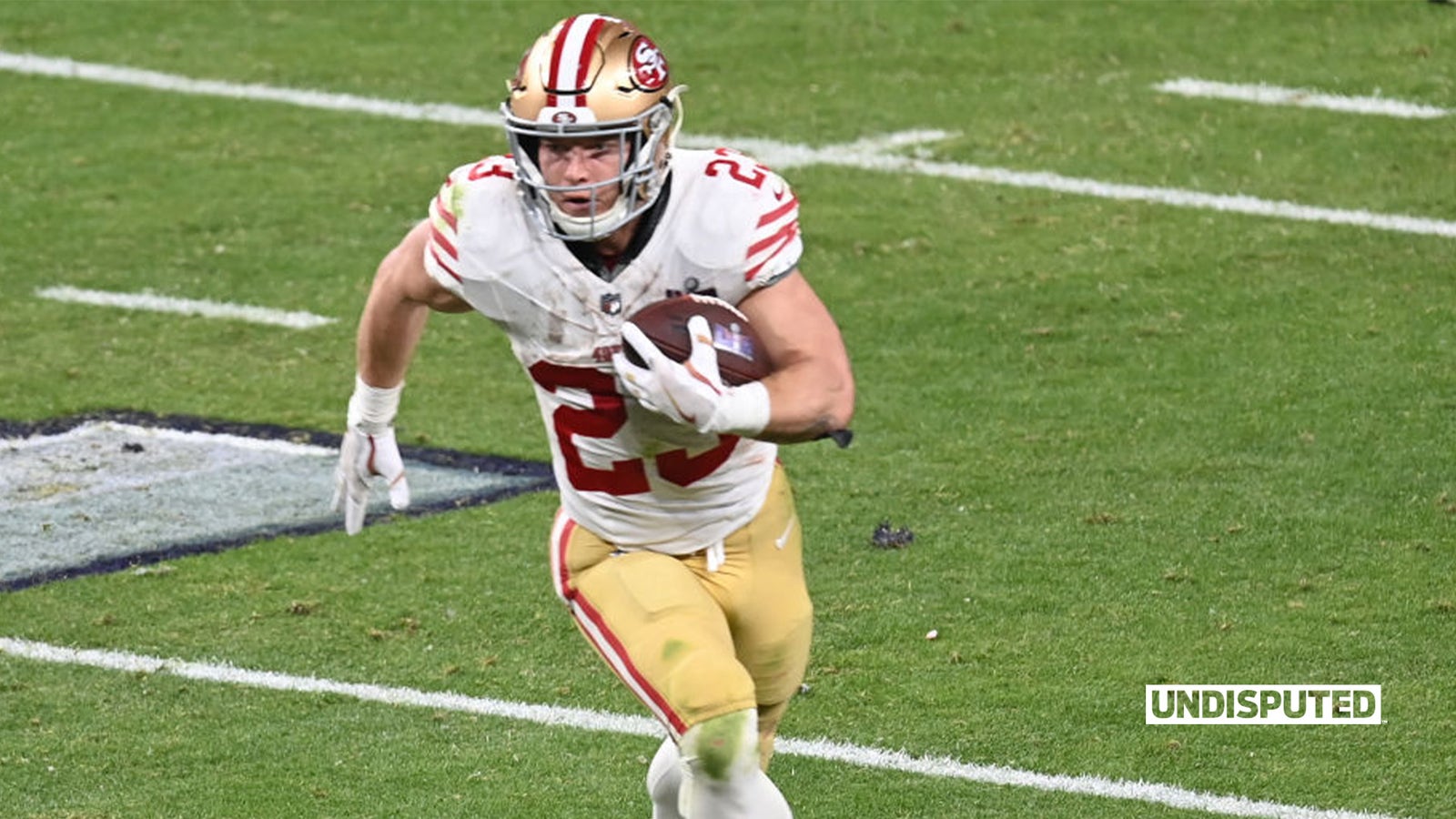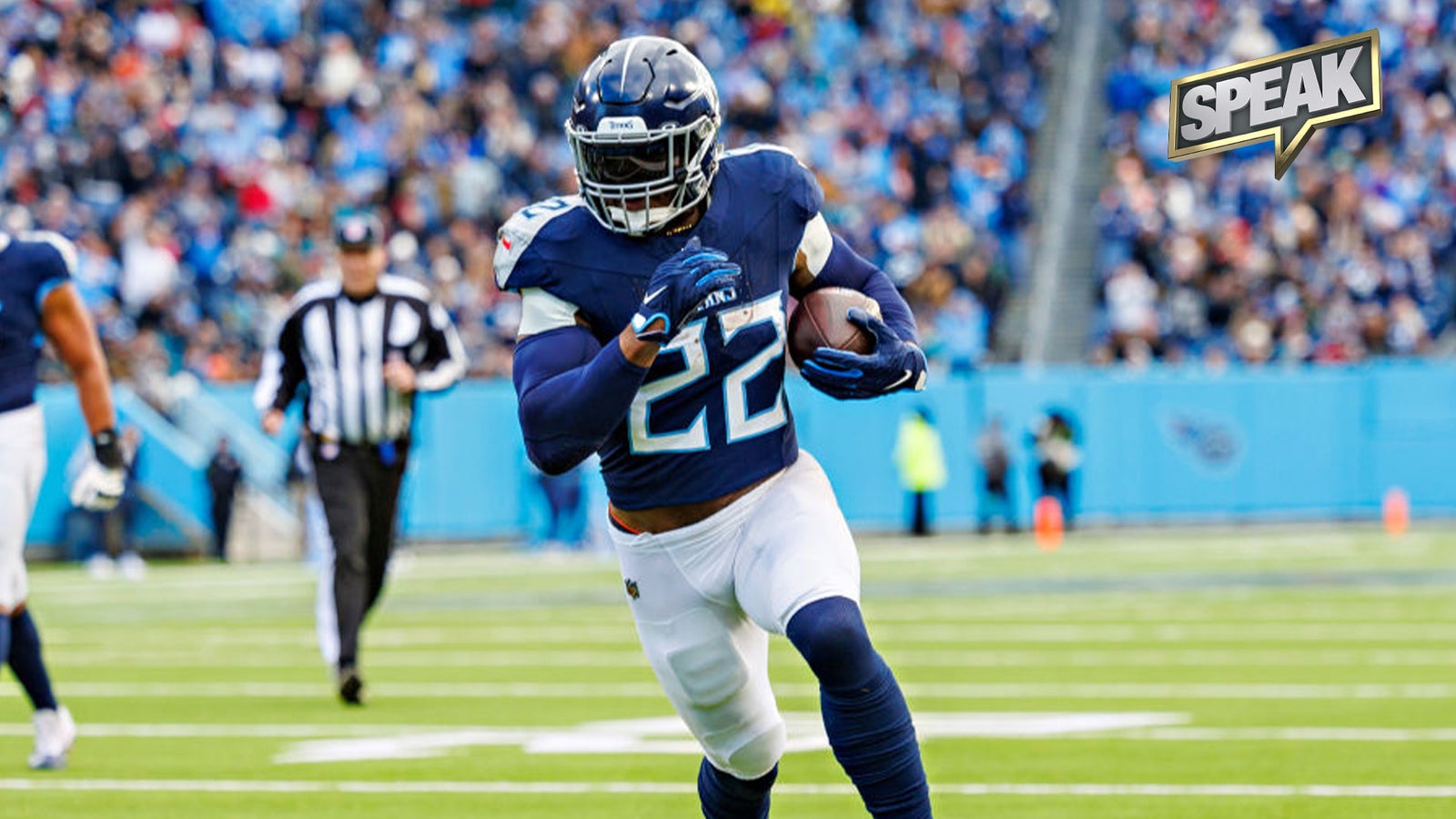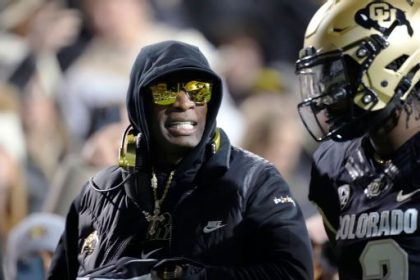LeSean McCoy grew excited watching the 2023 NFL Draft.
In the two running backs taken early in the first round — Bijan Robinson to the Atlanta Falcons at No. 8, Jahymr Gibbs to the Detroit Lions at No. 12 — the former Pro Bowler saw more than just running backs. He saw special offensive weapons. He saw a perfect blend of speed, agility and elusiveness.
He was particularly high on Robinson, who starred at Texas. McCoy was convinced that Robinson would one day “change the game” for running backs.
“Them dudes are going to set the market back on fire,” the SPEAK co-host said.
ADVERTISEMENT
The running back market has been a hot topic in recent years, as the NFL has evolved into a pass-first league.
The value of the position in the modern game has been discussed ad nauseam by league observers. We saw the top running backs last offseason grow frustrated over the depressed market. This offseason, several backs secured the big-money deals they couldn’t in 2023, though their contracts still pale in comparison to other non-quarterback skill positions. This offseason, the wide receiver market has exploded, with one pass-catcher after another resetting the market.
Reigning AP Offensive Player of the Year Christian McCaffrey, whom many consider the league’s premier running back and one of the best overall players, secured an extension with the San Francisco 49ers last week worth $19 million per year — an average annual value surpassed by 22 receivers, according to SpoTrac.
The way McCoy sees it, the elite running backs who’ve just been paid have to play well to continue to push the envelope financially for the position, to show teams their impact on winning.
After a stagnant 2023 offseason, the running back market started to move with Jonathan Taylor’s three-year, $42 million extension with the Indianapolis Colts in October. The 2021 rushing triple crown winner, Taylor missed seven games due to injury but returned to All-Pro form by the end of the year, rushing 30 times for 188 yards and a touchdown in Week 18 against the Houston Texans.
Before McCaffrey’s extension, Josh Jacobs and Saquon Barkley secured free-agent deals worth at least $12 million annually with the Green Bay Packers and Philadelphia Eagles, respectively.
“So now, when it’s like, ‘OK, do we pay running backs?’ Well, we got to. They are the lead of their offense,” McCoy said. “The problem is when you pay your running backs, they don’t do well and you get a guy in the fourth round or undrafted, like Austin Ekeler, and he balls out. It’s like, ‘Damn, well I don’t have to pay a superstar because they’re not producing and because the guys that are undrafted or undervalued are winning.'”
Running backs who are elite rushers and bring receiving prowess are valued at a premium in today’s NFL. Those are the ones who get paid.
It’s why McCaffrey has been the league’s highest-paid running back by average annual value for five seasons and counting. It’s why the New Orleans Saints‘ Alvin Kamara, who has 5,829 rushing yards and 4,219 receiving yards in seven seasons, is the second-highest paid.
Not only are NFL offenses more reliant on pass-catching options out of the backfield, but coaches like Dolphins offensive coordinator Frank Smith are also seeing more running back prospects with the skill set to succeed in the modern game.
“The big thing is just always making sure you’re maximizing your players’ abilities,” Smith told FOX Sports. “College football, watching it for the last 15 years, just seeing that there’s more of a gravitation toward a lot of the teams running the spread, four-wide receiver systems and stuff like that. So it’s a little bit different with the backs.
“There are fewer of those [six-foot] backs,” he continued. “Not to say they don’t exist anymore. What happens is that when you play that style of play in college, a lot of the time they take those bigger athletes and might move them to other spots because of an athletic need.”
Pro Football Hall of Famer Edgerrin James sees the state of offensive football as an advantage for running backs. In the pass game, they’re often covered by linebackers, who are bigger but typically slower than tailbacks.
It’s why James encourages kids playing the position to understand the pass game and coverage holistically and to welcome the idea of a multi-back rotation.
“It’s going to make it to where backs will have the potential to actually play longer,” James told FOX Sports. “So look on the bright side: You get one guy that gets out there, he does it and he gets beat up. But now, you got to where you get some help and not taking as much of a toll. So you have to look on the bright side of it also. If you have two, three backs, guess what? You’re going to last longer. You get a chance to be in the league longer. You get a chance to have success longer.”
Smith and Titans tight ends coach Justin Outten, who was Tennessee’s running backs coach and run game coordinator last season, believe there’s still a place for dominant backs who don’t have pass-catching value. It depends, they said, on a team’s identity.
The Titans offense, for example, revolved around Derrick Henry the past several seasons. The Ravens, Henry’s new team, have had a run-first offense for years, though it has centered around star quarterback Lamar Jackson.
“You’re always going to have a guy that you want to lean on in the fourth quarter in four-minute situations,” Outten told FOX Sports. “A guy that can set up play-action. You have to run the ball if you’re going to set up play-action, to get guys to step up and respect it. I don’t think that’s going to go away anytime soon.”
Added McCoy: “If you just watch the playoffs, running the ball matters.”
But the former players and NFL coaches acknowledge that the ability to pass protect is critical for running backs today, regardless of their receiving proficiency.
James calls them the “last line of defense” to protect the quarterback.
“If you can do one thing and survive the NFL as long as you can, you have to be able to protect,” Outten said. “If … you’re a helluva runner breaking tackles, that’s great, that’s what you can lean on first and second down. But you have to have a guy that can survive on third down and protect. So there’s got to be some sort of guy on your roster that has the capability to hold up strength-wise, but also has the ability to see the blitz occurring and fit where he needs to.”
[Want great stories delivered right to your inbox? Create or log in to your FOX Sports account, follow leagues, teams and players to receive a personalized newsletter daily.]
Running backs don’t have control of the market, or where it’s going. But the stars of the position can set new benchmarks with their performance and diverse skill set.
For rising stars like Robinson and Gibbs, maybe that’s all they need.
“The top-tier guys are going to have to carry it,” McCoy said.
Ben Arthur is the AFC South reporter for FOX Sports. He previously worked for The Tennessean/USA TODAY Network, where he was the Titans beat writer for a year and a half. He covered the Seattle Seahawks for SeattlePI.com for three seasons (2018-20) prior to moving to Tennessee. You can follow Ben on Twitter at @benyarthur.
recommended

Get more from National Football League Follow your favorites to get information about games, news and more















